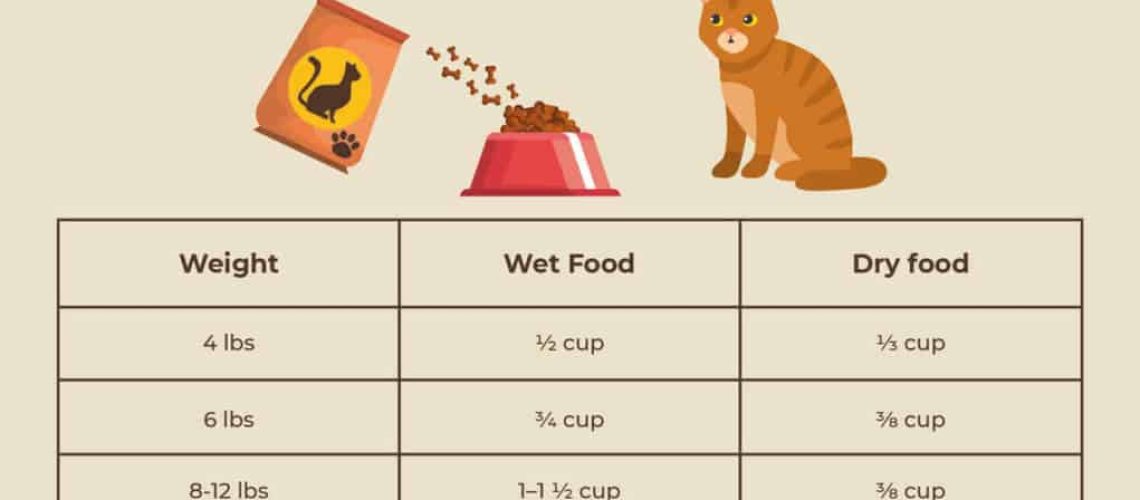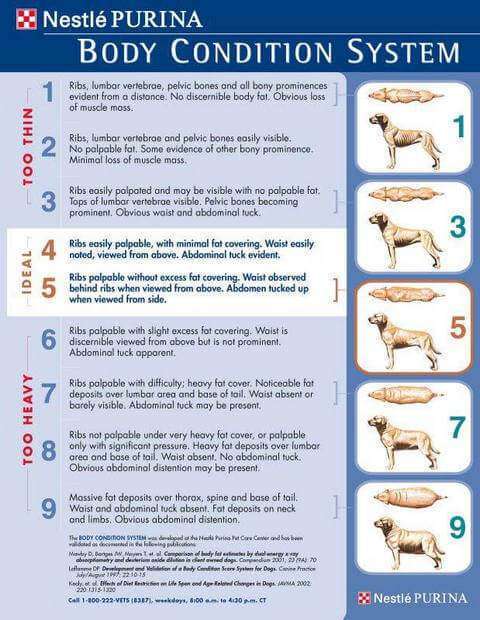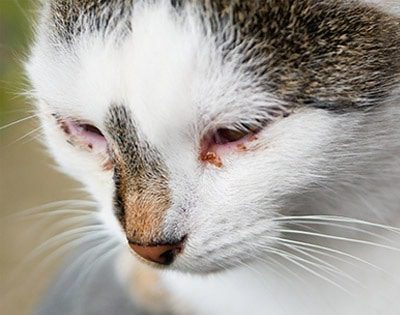Are you concerned about your furry friend's weight? If so, you're not alone. According to recent studies, over 50% of cats in the United States are overweight or obese. But don't worry, there's good news! By implementing some simple tips, you can help your cat slim down and improve their overall health and well-being. Whether you want to prevent future health issues or simply ensure your feline companion lives a long and happy life, understanding how to help them maintain a healthy weight is essential. In this article, we will delve into some practical strategies that will not only benefit your cat but also strengthen the bond between you two. So let's get started on this journey towards a healthier and happier cat!
Key Takeaways:
- Monitor your cat's food intake and feed them appropriate portion sizes to prevent overeating.
- Incorporate interactive toys and playtime into your cat's daily routine to encourage exercise and physical activity.
- Avoid free-feeding and establish a regular feeding schedule to help control your cat's calorie intake.
- Consider switching to a high-protein, low-carbohydrate diet that is specifically formulated for weight loss in cats.
- Consult with your veterinarian to determine the ideal weight for your cat and create a personalized weight loss plan tailored to their needs.
Simple Ways to Help Your Cat Lose Weight
1. Monitor your cat's food portions
One of the simplest ways to help your cat lose weight is by monitoring their food portions. It's important to measure out the appropriate amount of food for your cat's size and activity level. Avoid free-feeding, where you leave food out all day for your cat to graze on, as this can lead to overeating.
2. Provide interactive toys for exercise
Cats need regular exercise to maintain a healthy weight. Providing interactive toys can help encourage them to be more active. Toys such as feather wands or laser pointers can stimulate their natural hunting instincts and get them moving. Spend at least 10-15 minutes each day playing with your cat using these toys.
Tips:
- Rotate the toys regularly to keep your cat interested.
- Designate specific playtimes each day so that it becomes part of their routine.
- Avoid using your hands or feet as play objects, as this can encourage biting and scratching behaviors.
The Importance of Maintaining a Healthy Weight for Cats
1. Preventing obesity-related health issues
Maintaining a healthy weight is crucial for cats because being overweight or obese can lead to various health problems. These include diabetes, heart disease, joint issues, and decreased lifespan. By helping your cat maintain a healthy weight, you are reducing their risk of developing these conditions and ensuring they live a longer, happier life.
2. Improving overall quality of life
Cats who are at a healthy weight have better mobility and are more active compared to overweight cats. They can jump, climb, and play without feeling lethargic or experiencing discomfort. By helping your cat achieve and maintain a healthy weight, you are improving their overall quality of life and ensuring they can enjoy all the activities they love.
Encouraging Your Cat to Exercise More: Tips and Tricks
1. Create an engaging environment
Make your home a stimulating environment for your cat by providing vertical spaces such as cat trees or shelves where they can climb and explore. This encourages exercise and keeps them mentally stimulated. Additionally, hide treats or toys around the house for them to find, promoting physical activity while satisfying their natural hunting instincts.
2. Use food puzzles or treat-dispensing toys
Food puzzles or treat-dispensing toys are excellent tools to encourage physical activity in cats. These toys require them to work for their food by pawing at or manipulating the toy to release treats. This not only provides mental stimulation but also helps burn calories as they engage in play while eating.
Tips:
- Start with easier puzzles or toys and gradually increase the difficulty as your cat becomes more adept at using them.
- Avoid leaving out too many toys at once, as it may overwhelm your cat.
- Supervise playtime with food puzzles to ensure your cat doesn't chew on or swallow any small parts.
Foods that Can Help Slim Down Your Cat
1. High-protein, low-carbohydrate diet
A high-protein, low-carbohydrate diet is ideal for helping cats lose weight. Protein helps build lean muscle mass while keeping them feeling full for longer periods. Look for cat foods that list a high-quality source of animal protein, such as chicken or fish, as the main ingredient. Avoid foods with excessive fillers or carbohydrates.
2. Wet food instead of dry kibble
Wet food can be beneficial for weight loss in cats due to its higher water content and lower calorie density compared to dry kibble. The increased moisture helps keep your cat hydrated and can contribute to a feeling of fullness. However, it's important to choose a high-quality wet food that meets your cat's nutritional needs.
Tips:
- Consult with your veterinarian before making any significant changes to your cat's diet.
- Avoid feeding your cat table scraps or human food, as these can be high in calories and unhealthy ingredients.
- Gradually transition your cat to a new diet over several days to avoid digestive upset.
Common Mistakes to Avoid When Helping Your Cat Lose Weight
1. Rapid weight loss
Avoid trying to make your cat lose weight too quickly. Rapid weight loss can be harmful and lead to other health issues. It's essential to aim for slow, steady weight loss by making gradual changes to their diet and exercise routine under the guidance of a veterinarian.
2. Ignoring underlying health conditions
If your cat is struggling with weight gain despite proper diet and exercise, there may be underlying health conditions contributing to the problem. It's crucial not to ignore these signs and consult with a veterinarian who can identify any potential medical issues that need addressing.
Feeding Schedule for Cats Needing to Lose Weight
1. Divide meals into smaller portions
Instead of feeding your cat one or two large meals a day, divide their daily food allowance into smaller, more frequent meals. This helps prevent overeating and keeps their metabolism active throughout the day. Aim for at least three to four small meals spaced evenly apart.
2. Stick to a consistent schedule
Establishing a consistent feeding schedule is essential for weight loss in cats. Feed your cat at the same times each day, as this helps regulate their appetite and prevents them from feeling overly hungry between meals. Avoid leaving food out all day as this can lead to mindless snacking.
Tips:
- Measure out the appropriate portion sizes for each meal based on your veterinarian's recommendations.
- Avoid giving treats or extra snacks outside of their designated meal times.
- Monitor your cat's weight regularly and adjust their food portions as needed with guidance from your veterinarian.
Inspiring Success Stories: Cats Who Have Successfully Slimmed Down
1. Oliver's Journey to a Healthy Weight
Oliver, an overweight tabby cat, embarked on a weight loss journey under the guidance of his dedicated owner. By gradually reducing his food portions and introducing interactive toys for exercise, Oliver began shedding pounds. His owner also switched him to a high-protein wet food diet recommended by their veterinarian. Over time, Oliver slimmed down and gained more energy, allowing him to engage in playful activities he had previously struggled with.
2. Luna's Transformation through Playtime
Luna, a sedentary indoor cat, was struggling with weight gain until her owner decided to incorporate playtime into her daily routine. Using feather wands and treat-dispensing toys, Luna's owner engaged her in active play sessions each day. With consistency and dedication, Luna gradually lost weight and became more agile. Her transformation not only improved her overall health but also deepened the bond between Luna and her owner.
In conclusion, helping your cat slim down is important for their health and well-being. By following these simple tips, such as providing a balanced diet and encouraging exercise, you can ensure your furry friend stays happy and healthy.
How to speed up a cats metabolism?
Start by engaging in 10-minute exercise sessions several times a week and gradually increase the duration until you reach a minimum of 30 minutes per day. By exercising your cat for at least 15 minutes two times a day, you can help them burn energy, boost their metabolism, and maintain a healthy body composition.
How fast can cats lose weight?
What is the Optimal Weight Loss Rate for Cats? Cats can safely lose 0.5-2% of their body weight per week. For example, a 20-pound cat can lose about 0.2-0.4 pounds (or approximately 4 ounces) per week. It is acceptable to have a slower weight loss rate, but it will prolong the duration of the weight loss plan.
How can I get my 16 pound cat to lose weight?
Your vet might recommend starting by reducing the amount of food you give your cat. Begin by decreasing the daily portion by 25%. Then, every two to three weeks, decrease the intake by 10% until your cat has lost 1% of their initial weight. For instance, if your cat weighs 15 pounds, a 1% loss would be 2½ ounces.
What is the fastest way for a cat to lose weight?
Feeding cats several times a day with canned diet food is often the most effective way for them to lose weight, rather than leaving food out all the time. One of the advantages of canned diet food is that cats tend to prefer wet food over dry food, making it easier for them to stick to their weight loss plan.
Why does my cat have hanging belly fat?
The elasticity of your cat's primordial pouch enables their abdomen to stretch when eating. Primordial pouches are not exclusive to domesticated cats; even wild cats have them. These pouches serve the purpose of storing food when it is scarce for wild cats.
Does wet food help cats lose weight?
High protein/low carbohydrate cat food designed for weight loss can slow down the digestion process, leading to a feeling of fullness in your pet. Wet food, which has a higher water content, can assist in weight loss by increasing the quantity of food without adding extra calories.

















